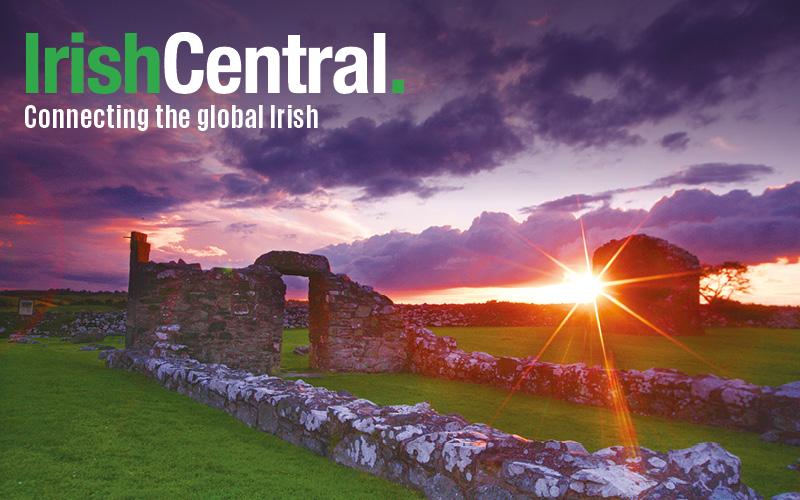A tomb found near the Tievebaun Mountain, on the Sligo Leitrim border, is believed to date back over 5,000 years, making it older than the pyramids at Giza in Egypt.
Michael Gibbons said discoveries in the area, including animal enclosures, field systems, and booley settlements used as temporary dwellings when people drove their cattle up the mountain to graze during the summer months, suggest a history spanning the Neolithic period, the iron age, the bronze age and the post-medieval period on these uplands.
Gibbons said the hilltop tomb, believed to date back to 3500 BC, was probably not discovered until now because of its dramatic location. He told the Irish Times this “dramatic spur would have been regarded as being on the edge of the world and at the entrance to another world.”
He discovered the tomb while exploring the area above the landmark, known as Eagle’s Rock, close to Truskmore mast, earlier this year.
He said, “This is a spectacular tomb. It was an incredible achievement to construct it here.”
The discovery of these ancient sites also challenges the widely held view that there were no significant upland prehistoric settlements in Leitrim. Last year a team led by Dr Marion O’Dowd discovered human remains in a cave on Knocknarea Mountain in County Sligo. They suggested that the Sligo/Leitrim uplands were settled 5500 years ago.
The settlers survived on a plateau 1,000 feet above today’s settlements. Gibbons said that their choice to live in this location was also a good indicator of climate change.
Gibbons pointed out, “Obviously it was a good deal warmer and drier in the early Neolithic period.”
The archaeologist said this was one of a series of hilltop tombs across the north west of Ireland, including Queen Maeve’s grave, on Knockrea. Her cairn tomb is believed to date to around 3000 BC. Maeve is a figure in Irish mythology who features in stories dating to the early first millennium.
He said, “This one is a Neolithic tomb probably built 5,500 years ago as a communal burial area. It is a spectacular setting overlooking Donegal Bay, Slieve League, Lough Melvin and Glenade lake.”
Decades ago Gibbons worked on the excavation of the Carrowmore complex of megalithic tombs in County Sligo. This is one of the largest complexes of megalithic tombs in Ireland and is also among the oldest that used passage tombs, the earliest depositions having taken place in approximately 3700 BC.




Comments